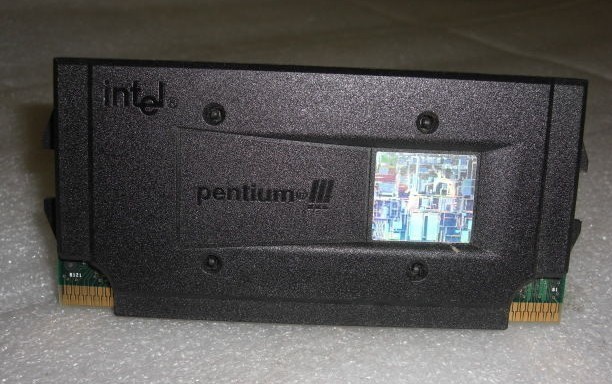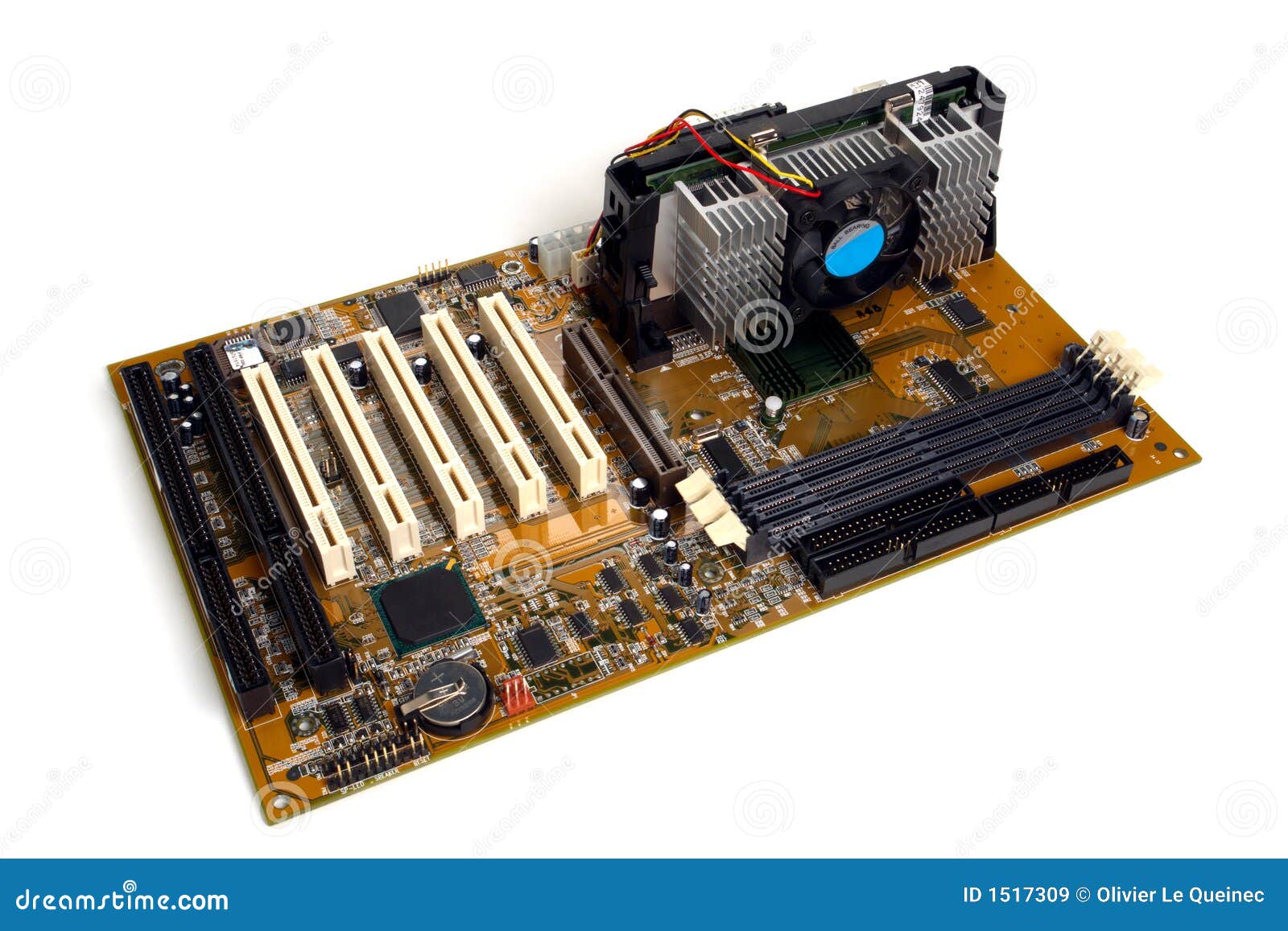Slot A Processor
If your CPU cooler is small enough that it isn’t blocking any other cables, you might be able to leave it in place. With the CPU cooler removed, it’s time to unplug the main motherboard power cable. This is the long one with 20 or 24 pins. You can leave it hanging loosely. Do the same for the 4 or 8 pin power cable near the CPU socket.
Home > Articles > Hardware
Make offer - desktop computer cpu, amd brand, slot a form factor,athlon processor Allen Bradley 1746-A7 Ser B SLC 500 7 Slot 1746-a7 Modular Chassis Rack 2014 New $170.00. Hi, I would like to add a second identical CPU (intel xeon E5-2630 v3 2.40 ghz) I have a configuration of 96 GB of ram on the 1 st cpu installed like this slot 1: 16gb slot 2: 8gb slot 3: 16gb slot 4: 8gb slot 5: 16gb slot 6: 8gb slot 7: 16gb slot 8: 8gb Can i split in half, like 48gb on cpu 1 &. An expansion slot is a socket on the motherboard that is used to insert an expansion card (or circuit board), which provides additional features to a computer such as video, sound, advanced graphics, Ethernet or memory. Oct 17, 2017 A slot is a computer processor connection designed to make upgrading the processor easier, where the user would only have to slide a processor into a slot. The original slot, or Slot 1 (pictured below), was first released by the Intel Corporation in 1997 as a successor to the Socket 8.
␡- Chapter 3: Microprocessor Types and Specifications
Microprocessors
The brain or engine of the PC is the processor (sometimes called microprocessor), or central processing unit (CPU). The CPU performs the system's calculating and processing. The processor is easily the most expensive single component in the system, costing up to four or more times greater than the motherboard it plugs into. Intel is generally credited with creating the first microprocessor in 1971 with the introduction of a chip called the 4004. Today Intel still has control over the processor market, at least for PC systems. This means that all PC-compatible systems use either Intel processors or Intel-compatible processors from a handful of competitors (such as AMD or Cyrix).

Intel's dominance in the processor market had not always been assured. Although Intel is generally credited with inventing the processor and introducing the first one on the market, by the late 1970s the two most popular processors for PCs were not from Intel (although one was a clone of an Intel processor). Personal computers of that time primarily used the Z-80 by Zilog and the 6502 by MOS Technologies. The Z-80 was noted for being an improved and less expensive clone of the Intel 8080 processor, similar to the way companies today such as AMD, Cyrix, IDT, and Rise Technologies have cloned Intel's Pentium processors. In that case though, the clone had become more popular than the original.
Back then I had a system containing both of those processors, consisting of a 1MHz (yes, that's 1, as in 1MHz!) 6502-based Apple main system with a Microsoft Softcard (Z-80 card) plugged into one of the slots. The Softcard contained a 2MHz Z-80 processor. This allowed me to run software for both types of processors on the one system. The Z-80 was used in systems of the late 1970s and early 1980s that ran the CP/M operating system, while the 6502 was best known for its use in the early Apple computers (before the Mac).
The fate of both Intel and Microsoft was dramatically changed in 1981 when IBM introduced the IBM PC, which was based on a 4.77MHz Intel 8088 processor running the Microsoft Disk Operating System (MS-DOS) 1.0. Since that fateful decision was made, PC-compatible systems have used a string of Intel or Intel-compatible processors, each new one capable of running the software of the processor before it, from the 8088 to the current Pentium III/Celeron and Athlon/Duron. The following sections cover the different types of processor chips that have been used in personal computers since the first PC was introduced almost two decades ago. These sections provide a great deal of technical detail about these chips and explain why one type of CPU chip can do more work than another in a given period of time.
Amd Slot A Processor
Related Resources

Motherboard With Two Cpu Slots
There are currently no related titles. Please check back later.
When purchasing a new Server, Workstation or PC to support an expansion card one of the most important things to determine is what type of slot does the motherboard have. There are 3 types of slots that have been used for over the years: ISA, PCI, and PCI Express (PCIe). These are also the most common types of slots that computer motherboards have had for expansion cards. Let’s take a look at each of these:
ISA Slots
The ISA Slots are shown in Green in image to the right. This is the oldest slot type that is still available today. Computers with ISA slots are no longer available from major computer manufacturers, Ram PC Systems still sells industrial class systems with ISA slots.
PCI Slots
PCI slots were the replacment for ISA slots. The PCI Slots are shown in the Red box in the image. PCI slots come in several different versions including 5 volt and 3.3 volt slots, and 32-bit and 64-bit PCI-X slots. PCI slots are going away as well but are still available from some major computer manufacturers but they usually only offer one PCI slot. Ram PC Systems has several different systems available with 2 or more PCI slots.
PCI Express Slots
PCI Express slots are the replacement for PCI slots, and also AGP (used only for video cards). PCI Express, also labeled as PCIe come in numerous bus widths labeled: x1, x2, x4, x8, and x16.
Slot Processor Core 2 Duo

